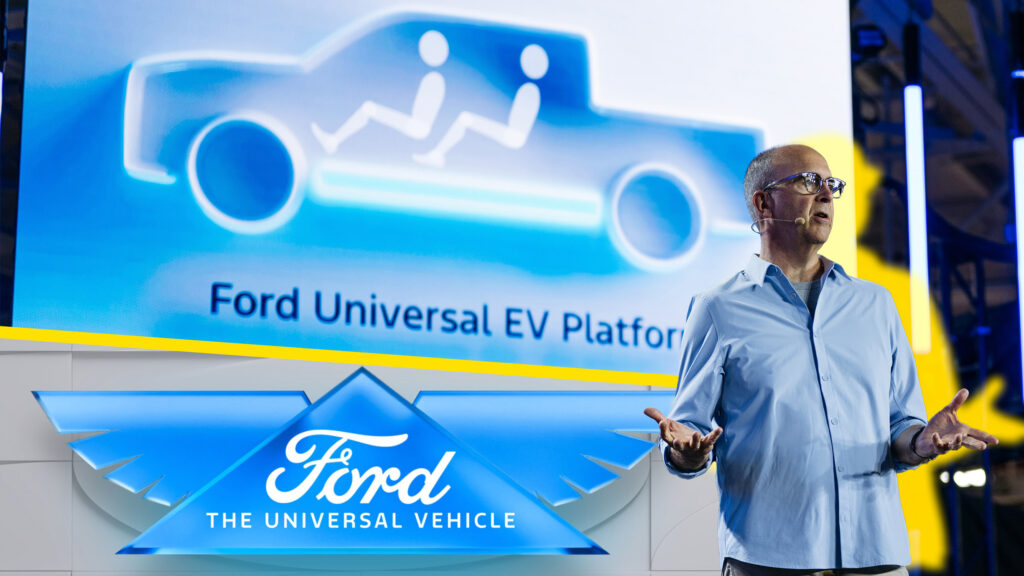Ford Announces a Revolution in Electric Vehicle Manufacturing
Ford stated that its new generation of electric vehicles will change the industry just as the Model T once did. The company simplified the EV platform to reduce weight and costs, and completely rethought the manufacturing process. Instead of a traditional assembly line, cars will be assembled on three parallel lines, which are then merged.
The main news from Ford was the announcement of a new electric vehicle, which will appear in 2027. However, the company’s engineers claim that the real revolution lies in the new approach to manufacturing, which will leave competitors behind.
“I don’t think many traditional automakers will be able to replicate such a project. I also doubt that new startups will be able to keep up with our engineers,” said Doug Field, Ford’s head of electric vehicles, digital technology, and design.
Innovations in Manufacturing
The team led by former Tesla engineer Alan Clarke developed a universal platform for electric vehicles. Among the key innovations is the use of aluminum single-cast parts that replace dozens of welded elements. This reduced the number of parts by 75%, welds by 66%, and cut nearly 1.6 km of wiring compared to previous models.
The manufacturing process has also undergone radical changes. Instead of a classic conveyor, Ford will use a so-called “production tree,” where the car is assembled from three separate modules: the front end, the rear end, and the battery pack. This significantly speeds up the assembly process and reduces costs.
“The Model T became affordable not because it was a simplified version of other cars, but because we found fundamentally new solutions. This is exactly what we did with our new platform,” added Field.
The first car on the new platform will be a mid-size electric pickup truck that will match the speed of models with Ecoboost engines and the interior space of a Toyota RAV4. The company promises that the five-year ownership cost of this vehicle will be lower than that of a three-year-old Tesla Model Y. The platform will also allow for the creation of various models—from vans to seven-seat SUVs.
Ford’s new approach to manufacturing could pose a serious challenge to Chinese manufacturers, who currently dominate the market for affordable electric vehicles. If the company succeeds in its plans, it could change the game not only for Ford but for the entire automotive industry. The scale of the ambitions is particularly impressive—from manufacturing technologies to financial indicators that could make electric vehicles truly accessible to the mass consumer.


 by
by 
